A Study on the Impact of Co-branding of Japanese and Korean Fast Moving Consumer Goods on Consumer Purchase Decisions
DOI: 10.23977/infse.2024.050515 | Downloads: 73 | Views: 1936
Author(s)
Zheng Dongzhun 1, Wu Yueying 1, Lee Changkeun 2
Affiliation(s)
1 Department of Design, the Graduate School of Pusan National University, Busan, Republic of Korea
2 Department of Design, College of Arts, Pusan National University, Busan, Republic of Korea
Corresponding Author
Lee ChangkeunABSTRACT
In the Fast Moving Consumer Goods (FMCG) markets of Japan and Korea, the unique consumer culture and high level of market competition make co-branding a key tool to increase brand visibility and consumer purchase intent. This study aims to explore the impact of co-branding of Japanese and Korean FMCG on consumers' purchasing decisions through a quantitative analysis method. The study begins by collecting and organizing successful co-branding cases over the past three years, especially in the food and beverage sectors, as well as collaboration projects between traditional Korean beverages and local pop culture, among others. Through a systematic analysis of these cases, using consumer surveys and market data, this study assesses the impact of co-branding strategies on consumer behavioral attitudes and compares the differences in consumer behavior between the two countries. In addition, the data collected are analyzed through regression analysis using statistical software tools to quantitatively reveal the specific impact of different types of co-branding strategies on consumers' purchasing decisions. Looking at the data of the top ten consumers, most of them rated the loyalty of the co-branded products above 80 points, while half of the regular products were rated below 80 points. This paper not only reveals the current consumer dynamics of the co-branded FMCG market in Japan and Korea, but also provides data-based strategic recommendations for companies in other countries to help them design future co-branded marketing campaigns that can better meet the needs of their target markets, thereby increasing market competitiveness and consumer loyalty.
KEYWORDS
Japanese and Korean FMCG, Co-branding, Consumer Purchase Decision, Loyalty ScoreCITE THIS PAPER
Zheng Dongzhun, Wu Yueying, Lee Changkeun, A Study on the Impact of Co-branding of Japanese and Korean Fast Moving Consumer Goods on Consumer Purchase Decisions. Information Systems and Economics (2024) Vol. 5: 110-119. DOI: http://dx.doi.org/10.23977/infse.2024.050515.
REFERENCES
[1] Miao Qingxian, Liu Chunxiong. China's fast-moving consumer goods market in 2023: market opportunities under consumer differentiation [J]. Household Paper, 2023, 23 (12): 55-57.
[2] Xiao Youwei. The new fast-moving consumer goods market is just in time [J]. Sales and Marketing (Marketing Edition), 2020, No. 696 (12): 59-61.
[3] Liu Lei. Pricing Strategy and Successful Review of New Products in the FMCG Industry [J]. Times Economy and Trade, 2023, 20 (11): 52-54.
[4] Shahmohammadi S, Steinmann Z J N, Tambjerg L, et al. Comparative Greenhouse Gas Footprinting of Online versus Traditional Shopping for Fast-Moving Consumer Goods: A Stochastic Approach[J].Environmental Science And Technology, 2020, 54(6):3499-3509.
[5] Isohanni J .Use of Functional Ink in a Smart Tag for Fast-Moving Consumer Goods Industry[J].Journal of Packaging Technology and Research, 2022, 6(3):187-198.
[6] Riyami M A .Effect of Sales Promotion on Consumers Towards Fast-Moving Consumer Goods in Al-Dakhliyah Governorate[J].Archives of Business Research, 2021, 9(1):24-35.
[7] Karthik T T, Ramprasad T P .SWOT (Strength, Weakness, Opportunities and Threats) Analysis of Fast Moving Consumer Goods (FMCG) Industries in India [J].Shanlax International Journal of Commerce, 2020, 8(1):92-100.
[8] Vijaya R V, Gurumoorthy T R, Lingavel G, et al. Consumer buying behavior through Online shopping application in fast moving Consumer goods[J].Asian Journal of Management, 2020, 11(3):315-320.
[9] Chakraborty D S, Mukherjee S .A Study on Customer's Satisfaction towards Brands of Select Fast Moving Consumer Goods [J].GIS-Business, 2020, 15(2):88-103.
[10] Adama H E, Okeke C D. Comparative analysis and implementation of a transformative business and supply chain model for the FMCG sector in Africa and the USA[J]. Magna Scientia Advanced Research and Reviews, 2024, 10(2): 265-271.
[11] Saqib N, Shah A M .Development of empirically-based customer-derived positioning taxonomy for FMCG sector in the Indian emerging market [J].Young Consumers, 2022, 23(2):233-254.
[12] Meer A, Balubaid M A .Finding the Best Mathematical Forecasting Model for Ordering Non FMCG Items at an FMCG Retailer[J].International Journal of Advanced Engineering Research and Applications, 2022, 8(2):59-82.
| Downloads: | 20646 |
|---|---|
| Visits: | 538450 |
Sponsors, Associates, and Links
-
Accounting, Auditing and Finance
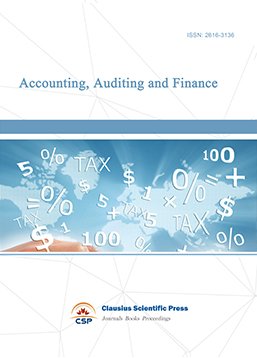
-
Industrial Engineering and Innovation Management
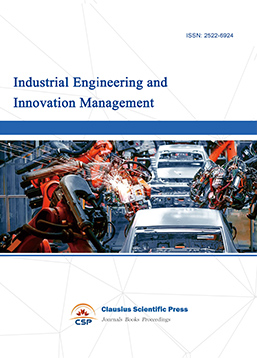
-
Tourism Management and Technology Economy
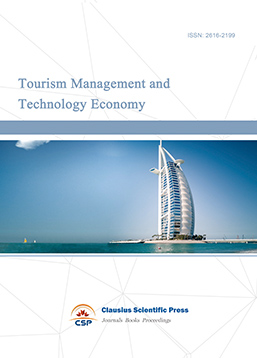
-
Journal of Computational and Financial Econometrics
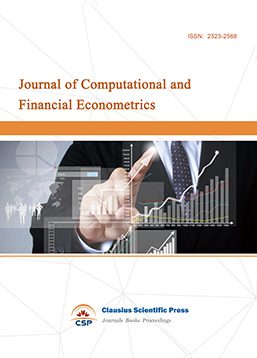
-
Financial Engineering and Risk Management
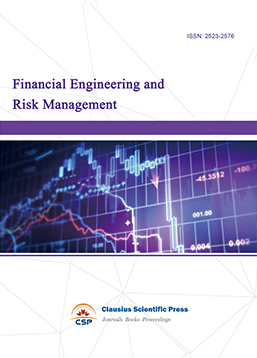
-
Accounting and Corporate Management

-
Social Security and Administration Management
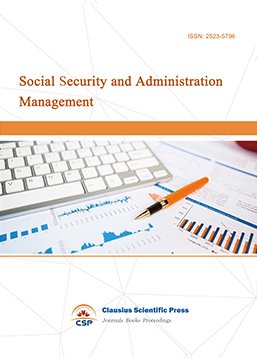
-
Population, Resources & Environmental Economics
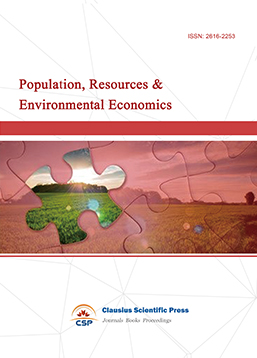
-
Statistics & Quantitative Economics
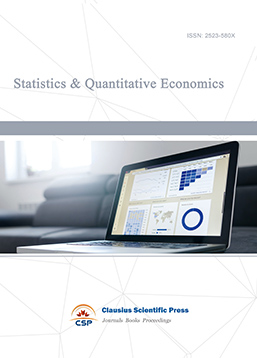
-
Agricultural & Forestry Economics and Management
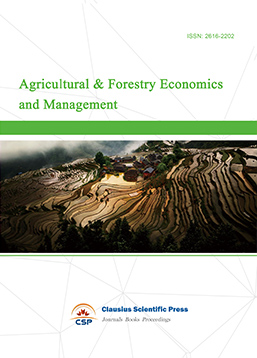
-
Social Medicine and Health Management
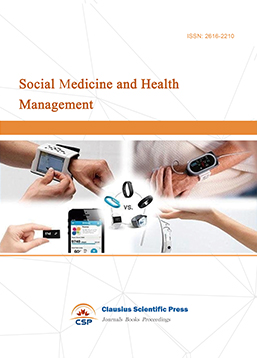
-
Land Resource Management
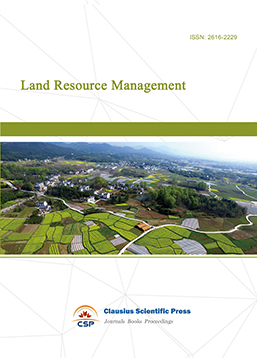
-
Information, Library and Archival Science
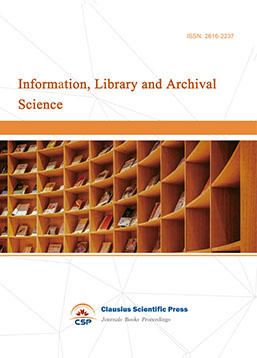
-
Journal of Human Resource Development
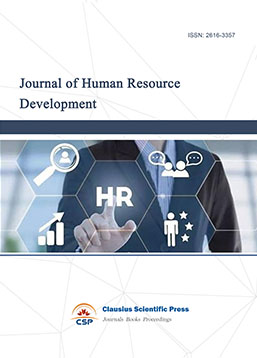
-
Manufacturing and Service Operations Management

-
Operational Research and Cybernetics
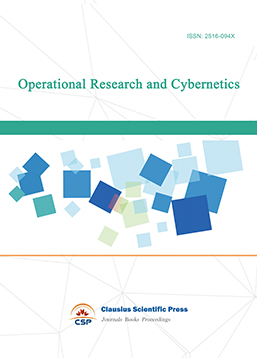

 Download as PDF
Download as PDF